Yes, it might be a bit difficult to pronounce [‘ries. ka] but it is a very easy bread to make. It’s one kind of Nordic flatbread solely made with barley flour. Rieska is a Northern bread to its core. Think about Aurora Borealis, winter wilderness, and warming up indoors with a bowl of soup in one hand and a piece of rieska in the other.
This does not mean it’s only baked in winter, though! And no no no, rieska is not a Finnish equivalent for pita bread but something very unique, rustic, and original. It’s that kind of bread that you would enjoy with a meal of game, cold-smoked fish, or other strong flavors.
Disclaimer: this post includes affiliate links, meaning that I get a commission if you choose to make a purchase through the given links. Read full disclosure here.
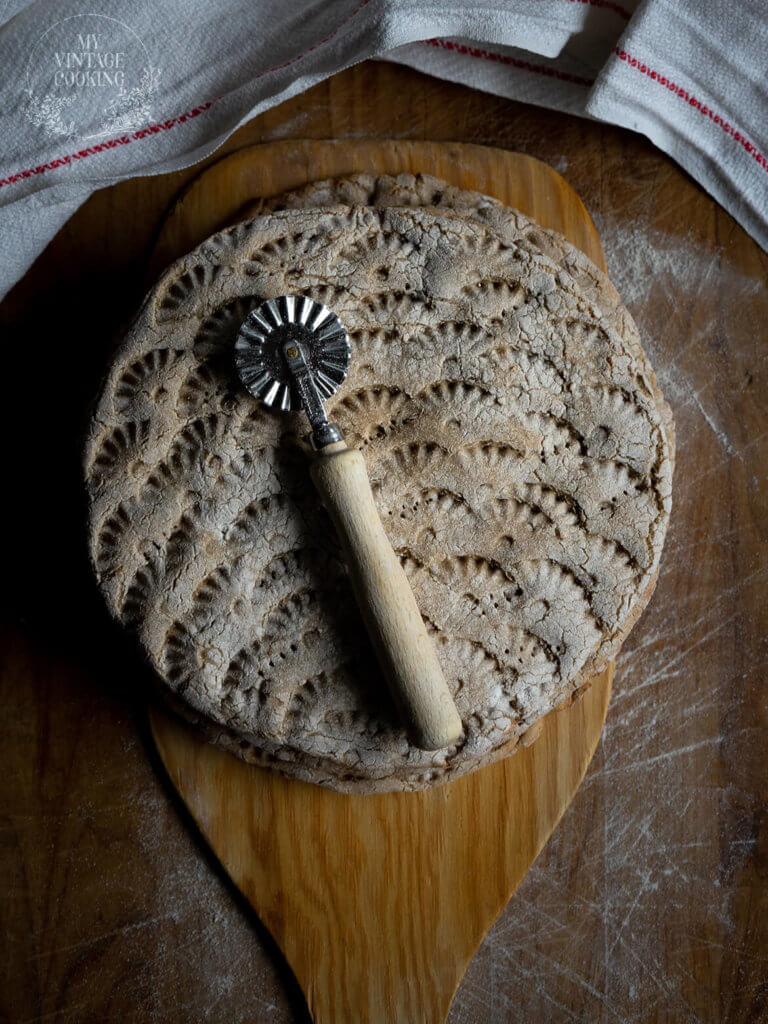
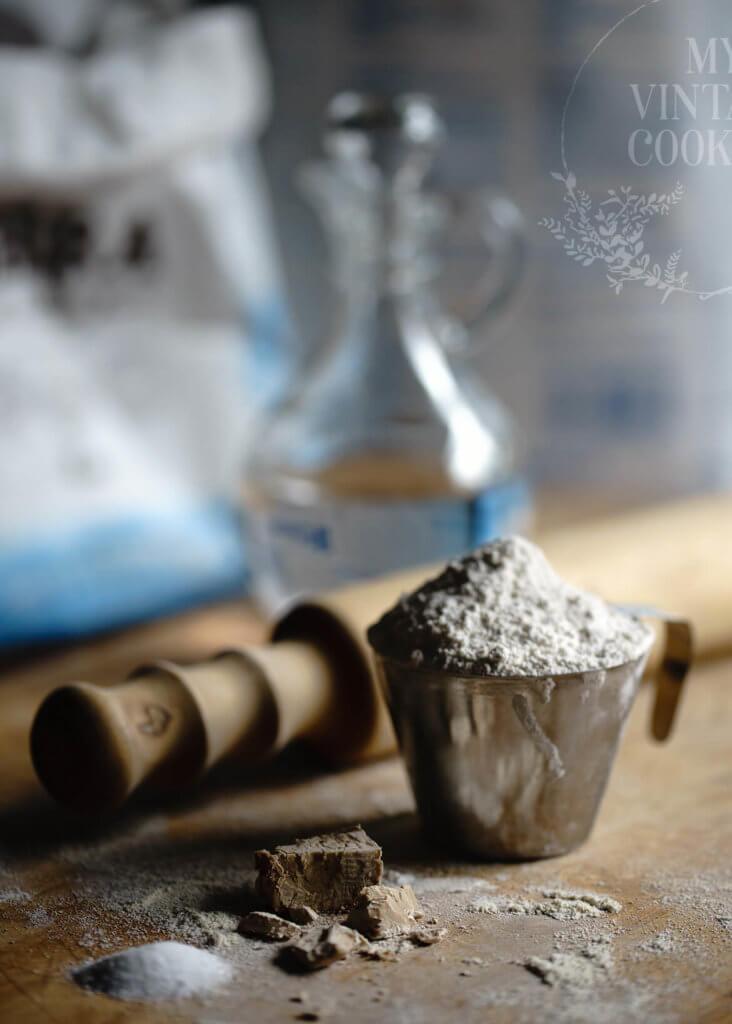
Get to know my Heirloom Recipe
I’ve grown up with this bread and I’m accustomed to the strong taste of barley. The recipe is given by my mother whose pastry peel and bread peel you can spot in the photo above.
The etymology of the word rieska tells that it used to be a categorical synonym to bread in general. Nowadays rieska means only this kind of flatbread specifically but it is baked differently across the country. If you google rieska, you’ll find regional variations.
In the Nordics, rieska is also known from Swedish Lapland where it is called tunnbröd. Tunnbröd is a soft version of barley flatbread and includes also wheat. But this recipe here is the Lapland version and includes only barley.
Now, rieska is very flexible concept in terms of size and thickness. It can be baked crispy , chewy or soft. I like to bake my rieska quite thin and crispy whereas both of my grandmothers baked the loaves twice the size of my loaves. That was one chunky bite of bread for a kid back then! I wish you have fun with the decorating and enjoy the nutty taste of barley!

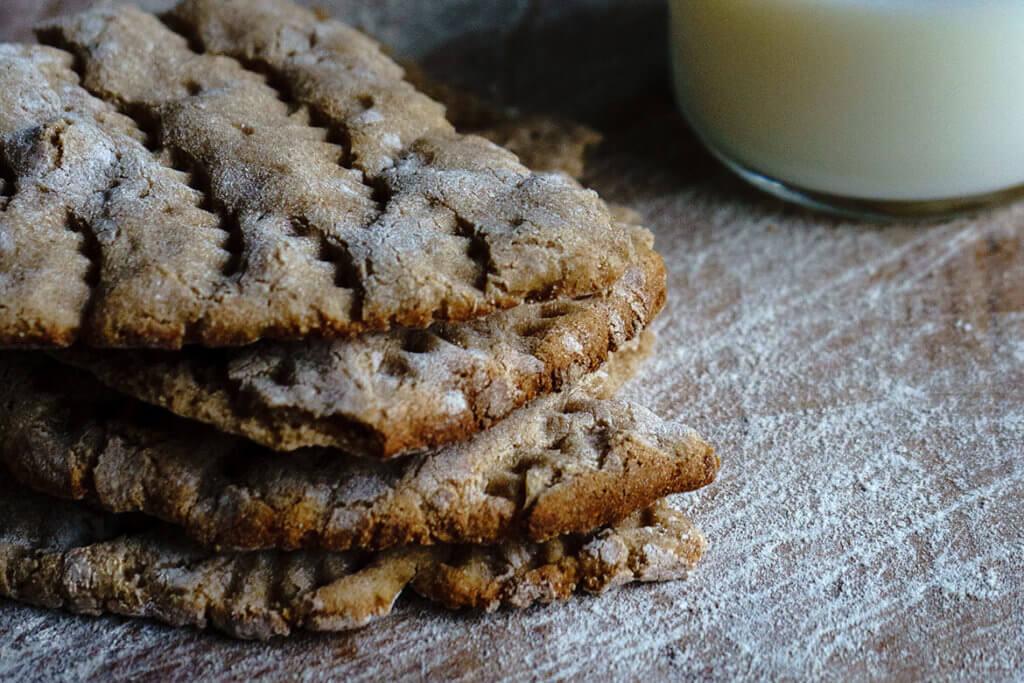
Lapin rieska | Barley flatbread from Lapland
You need a baking stone | Oven 250-275°C or 480-525°F | Bake each flatbread for 10-12 minutes
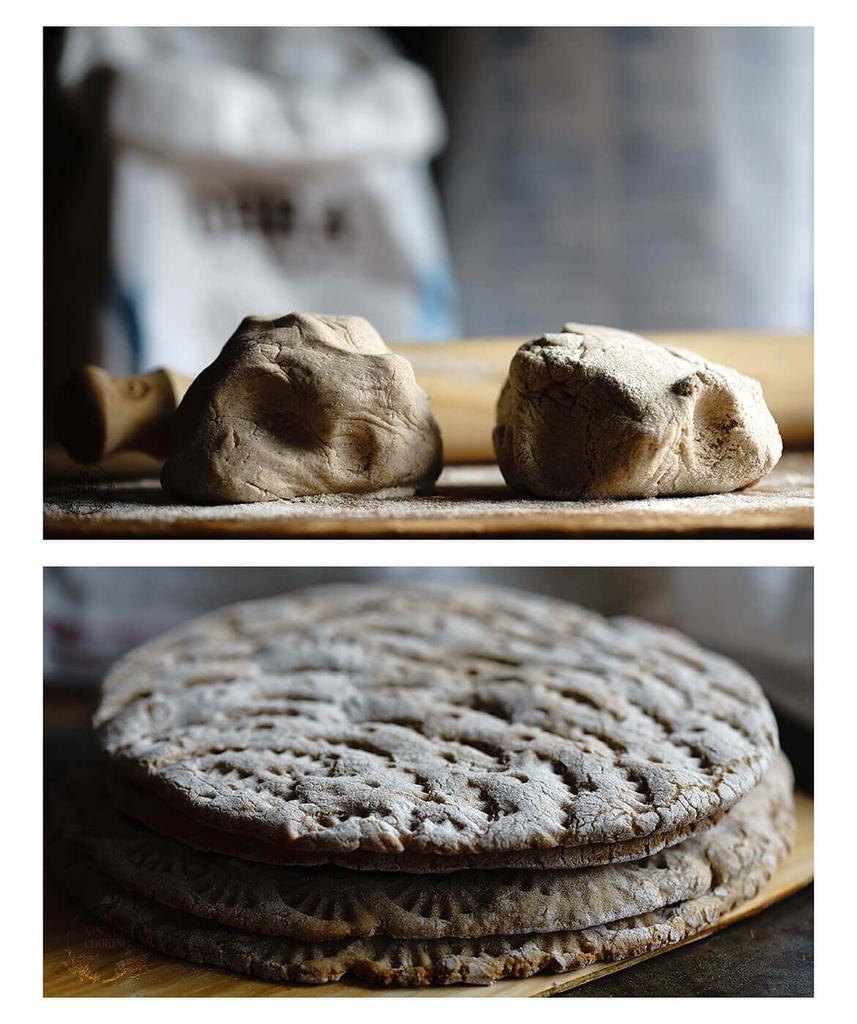
How to decorate Rieska?
Do you like the pattern how I decorated the bread? I used a pastry wheel instead of a knife. I think this trick is invented every week somewhere in the world so I might just tell the story how it has entered into my kitchen routines.
My mother and aunts learned how to bake rieska from their mothers, who learned from their mothers and so on and so on. I’ve seen many stages and evolutions of how the surface of the bread has been decorated. To name a few:
- A spiked, saw-like metal ruler to make a full diamond squared surface.
- Bread knives
- Wooden rulers
- Wooden hair comb
- Embossed rolling pins (I really like this Square Geometric Pattern Embossed Wooden Rolling Pin*)
At some point in my childhood, my mother started to use this pastry wheel technique and it has stuck with me ever since. I see photos online which show that some bakers do not decorate rieska at all. Very simple and humble option. As every rieaks loaf is baked separately, you can have fun and try different tools to find your own signature pattern.
Baking Rieska in Wood-fired Oven
My grandmothers used to bake these in their big country homes in wood-fired ovens. It has been a dream of mine to build an outdoor wood-fired oven in the garden. Baking bread is hot stuff and during summer it’s quite impossible. But with an outdoor oven, there would be so many more possibilities.
In the Finnish video below, Seppo demonstrates how he bakes Rieska in a wood-fired oven in a house museum. He tells that the first flatbreads bake in 3 minutes, the next batch in 5 minutes, and so on as the oven cools down.
The take-away for you is that this bread needs a very HOT oven. If your oven performs higher than mentioned in my recipe below, please feel free to test a faster bake.
Also see that diamond square decorated surface? Tha’s how my grannies also decorates their loaves with a thin metal-saw. :)
Barley is not wheat and rieska is not everyday breakfast bread. To me, it’s a culinary companion for stronger flavors and main dishes. Although I have to admit, it’s irresistible when warm from the oven, topped with plain butter, and washed away with a glass of cold milk. Yum!
Did you enjoy this rustic bread? Please share in the comments below or tag me along on Instagram :)
My vintage cookin on instagram
Love, Saara
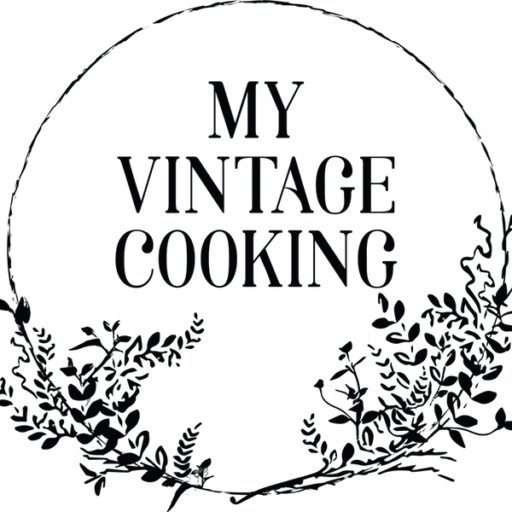


8
What are the toppings/sauces/condiments used with this bread typically in Lapland? In Denmark, many people have specific ideas about what can be eaten on Rugbrød (ie, some Danes believe there should be no cheese on Rugbrød, and no jelly on Rugbrød, although some Danes believe differently). How are toppings/sauces/condiments looked at in Lapland regarding rieska (barley flatbread)? Thank you very much!
I see what you mean haha :) We Finns are religious like that with Shrove buns and special festive foods but more flexible when when it comes to bread. In Lapland, barley rieska is served with butter, cheese and of course reindeer meat. Cucumber slices and veggies are always handy and healthy. Great bread to eat in the morning, with lunch soup or dinner. It truly is a humble everyday bread :)
When fresh from the oven, I always enjoy it with butter and with a glass of cold milk! The milk is always a must!
Thanks for posting this recipe. I tried this recently with home-ground barley flour. Our oven doesn’t do 250DegC though, so I did 220 for 15 minutes. The result was a bit chewy, but still very tasty though.
Do you have any thoughts as to how to adjust for a cooler oven?
Many thanks
Hi John! Thanks for making rieska with this recipe. Barley flatbread is a bit chewy in general but a slow oven bake accentuates this. If you can, you can try shaping the loaves thinner and set the baking stone on the top rack (if the top rack gives the most heat). Hope this helps! :)
Saara
This looks beautiful! My husband is Upper Michigan (Yooper) Finnish. He has a lot of things from childhood he requests I make. We make the rye crisp bread. But never barley. He said his grandpa used to drink barley water. This will do well in our Aga. Thanks. And I like the pastry wheel decoration. Gonna try that!
Haha I can relate! We all have those nostalgic food memories :) Wonderful to hear that you’re making him those treats & I’m happy this recipe can be part of that. Let me know how it goes with Aga. I’ve only baked these on a baking stone in an electric oven. Another modified rieska recipe I use to make when cooking outdoors with bonfire.
Beautiful breads. Looking forward to giving these a try! Now that it is Fall, I’m anxious to try some new breads.
Thanks so much Karen! I was feeling that too and that’s why I started this 10 recipes tour – rethinking different flavours for every week! Let me know if you try rieska, it’s quite special and goes wonderfully with game & smoked fish. :)